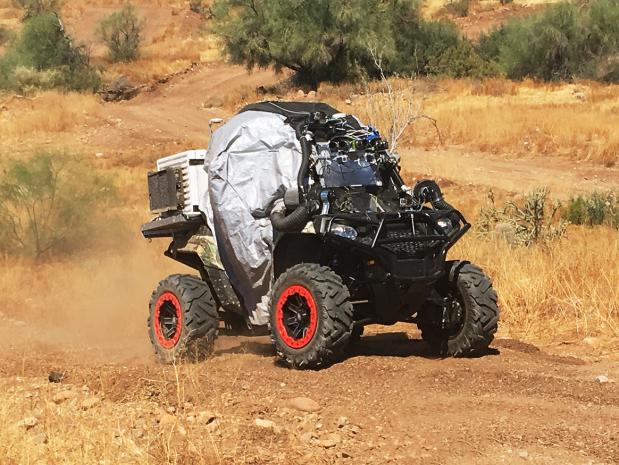
Breaking News
 Christmas Truce of 1914, World War I - For Sharing, For Peace
Christmas Truce of 1914, World War I - For Sharing, For Peace
 The Roots of Collectivist Thinking
The Roots of Collectivist Thinking
 What Would Happen if a Major Bank Collapsed Tomorrow?
What Would Happen if a Major Bank Collapsed Tomorrow?
Top Tech News
 EngineAI T800: Born to Disrupt! #EngineAI #robotics #newtechnology #newproduct
EngineAI T800: Born to Disrupt! #EngineAI #robotics #newtechnology #newproduct
 This Silicon Anode Breakthrough Could Mark A Turning Point For EV Batteries [Update]
This Silicon Anode Breakthrough Could Mark A Turning Point For EV Batteries [Update]
 Travel gadget promises to dry and iron your clothes – totally hands-free
Travel gadget promises to dry and iron your clothes – totally hands-free
 Perfect Aircrete, Kitchen Ingredients.
Perfect Aircrete, Kitchen Ingredients.
 Futuristic pixel-raising display lets you feel what's onscreen
Futuristic pixel-raising display lets you feel what's onscreen
 Cutting-Edge Facility Generates Pure Water and Hydrogen Fuel from Seawater for Mere Pennies
Cutting-Edge Facility Generates Pure Water and Hydrogen Fuel from Seawater for Mere Pennies
 This tiny dev board is packed with features for ambitious makers
This tiny dev board is packed with features for ambitious makers
 Scientists Discover Gel to Regrow Tooth Enamel
Scientists Discover Gel to Regrow Tooth Enamel
 Vitamin C and Dandelion Root Killing Cancer Cells -- as Former CDC Director Calls for COVID-19...
Vitamin C and Dandelion Root Killing Cancer Cells -- as Former CDC Director Calls for COVID-19...
 Galactic Brain: US firm plans space-based data centers, power grid to challenge China
Galactic Brain: US firm plans space-based data centers, power grid to challenge China
AMERICA'S FUTURE WAR TRUCKS DON'T NEED NO STINKING WINDOWS

Todays, windows are as important as they are inconvenient. You need them to see where you're going, but they're vulnerable to attack, not to mention vision-obscuring grime. That's why the defense contractors competing in Darpa's program to develop a new generation of ground vehicles have so far stuck to a common theme: sayonara, windows.
In January, Raytheon previewed its entry to Darpa's Ground X-Vehicle Technologies program, which aims to keep American soldiers safe by ditching windows in favor of laser-mapped virtual renditions of the outside world.
Now Honeywell has unveiled its competitor, a system that taps augmented reality to give operators a complete sense of their surroundings, no old-timey windows necessary.
The system, which Honeywell recently tested using professional drivers at an off-road course in Arizona, could be used on all sorts of military ground vehicles. It features panoramic internal displays that provide a view of the outside world, one unobstructed by dust and dirt or by the thick pillars necessary in combat vehicles. Roof-mounted cameras collect that external imagery, which onboard computers stitch together into a cohesive image.

 The State's Last Stand
The State's Last Stand


